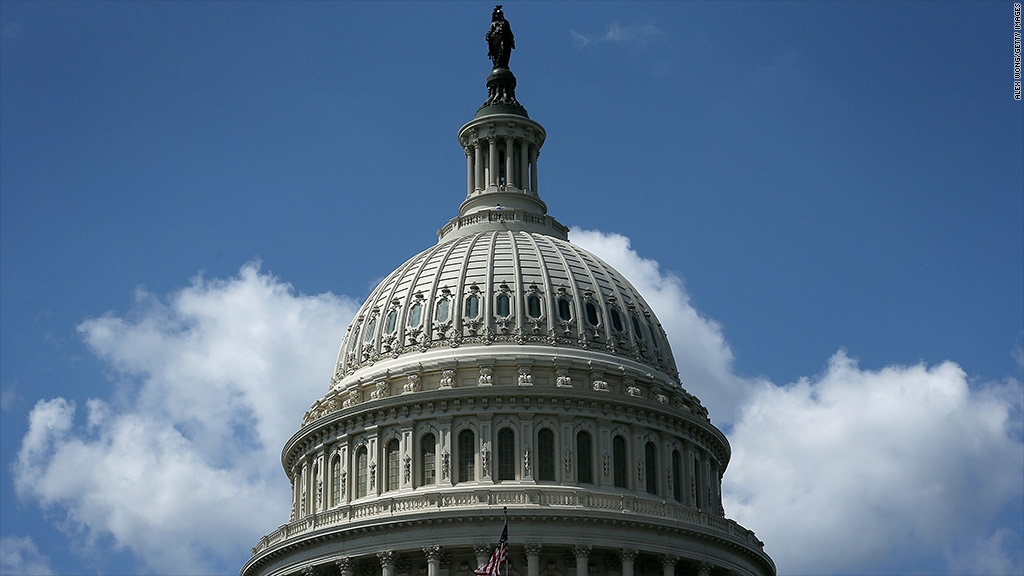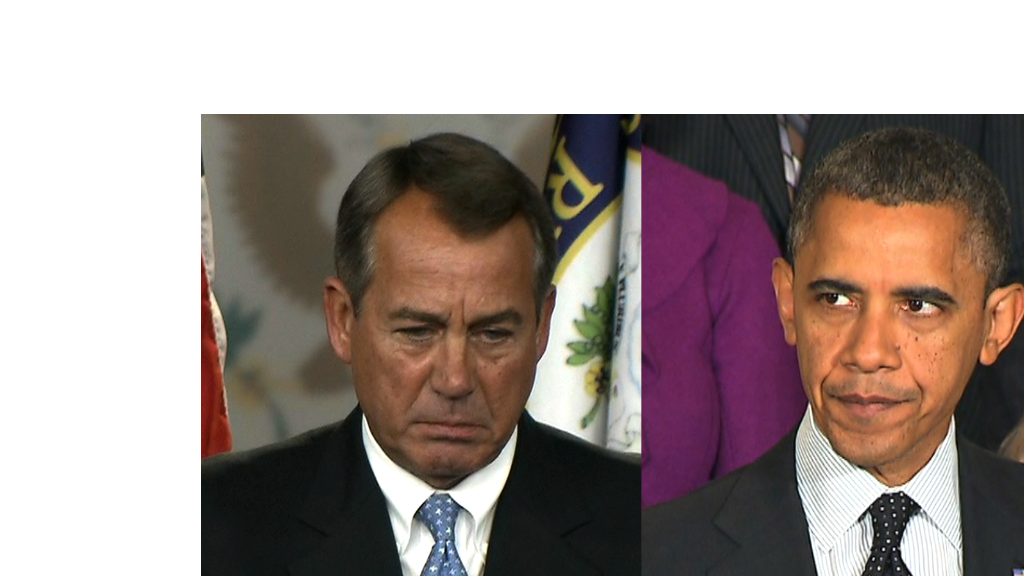
Republicans have officially gotten on board with raising revenue for deficit reduction -- by curbing tax breaks in conjunction with lowering tax rates.
The idea of curbing tax breaks isn't new. Tax policy experts have touted it for years and Democrats, including President Obama, have proposed it in one form or another. That's why it may offer a key to resolving the fiscal cliff.
The biggest benefits of curtailing breaks: It broadens the base of income and activities subject to tax, simplifies the code and reduces what tax geeks call "distortion" -- that is, the phenomenon of individuals and companies choosing to do one thing over another because of the tax implications.
The idea has bipartisan support, but it's harder to achieve politically and practically than it may seem.
And the impediments will limit how much money can be raised.
"It may prove difficult to gain more than $100 billion to $150 billion [a year] in additional tax revenues through base broadening," the nonpartisan Congressional Research Service estimated in a recent report.
That, in turn, might pay for a rate reduction of just one or two percentage points for each bracket -- far less than many lawmakers hope for. And that would leave nothing for deficit reduction.
Here are some of the main obstacles to raising revenue from reducing tax breaks.
Everyone loves them: Tax breaks are politically popular and each one has its fierce defenders.
Among the biggest and most popular are the tax-free benefit workers get when their employers help pay for their health insurance ($164 billion in 2014); the deductions for mortgage interest ($100 billion), charitable contributions ($52 billion) and state income taxes ($54 billion); plus a host of tax breaks for retirement savings and low- and middle-income families.
No one wants upend the apple cart: Many tax breaks are tightly woven into the economy and thus would be hard to roll back without creating some disruption. If lawmakers want to avoid that, they may phase down a break so slowly that it wouldn't raise much revenue in the near term.
Some tax breaks may be justified: Lawmakers may decide to leave some big tax breaks intact because they're thought to serve a worthwhile economic or social purpose.
Fiscal cliff: Tax cuts still partisan trip wire
Limiting tax breaks for the rich has its limits: Both Democrats and Republicans may want to start by targeting tax breaks for the rich.
If they adopt a scorched earth policy, they could raise a big chunk of change. For instance, if lawmakers got rid of all tax breaks for households with incomes topping $210,000, they might raise roughly $432 billion a year, according to CNNMoney calculations using Tax Policy Center estimates.
But that's not likely to fly politically. Why? Many reasons -- among them, charitable contributions. Killing the tax preference for giving among those with the deepest pockets would cause serious howling from all corners.
A more politically viable way to get more revenue from the rich via tax breaks is to curb them, rather than kill them. And if lawmakers want to reduce the political fights over individual tax breaks, they might opt for a universal cap of sorts that applies to all tax breaks.
Obama has proposed limiting the value of deductions and exclusions for high-income households by capping the rate by which they may reduce their tax liability.
Normally one multiplies one's top tax rate by the amount of a deduction. But Obama would cap that rate at 28%, which is below the top two income tax rates. So someone in the 35% bracket today would save $35 on a $100 deduction. Under Obama's proposal, she would save $28.

Such a proposal would raise an estimated $523 billion over a decade, or roughly $50 billion a year on average.
Another option: Cap the value of taxpayers' itemized deductions at a set dollar amount. That was a suggestion made by former GOP presidential nominee Mitt Romney, who said a cap could fall anywhere between $17,000 and $50,000.
A $17,000 cap -- which would raise the most revenue and hurt the rich the most, since they benefit disproportionately from deductions -- might bring in $1.7 trillion over a decade, or $170 billion a year, the Tax Policy Center estimates.
That's a little higher than the $150 billion that the CRS estimated might be plausible to raise. But not much.
In either case, lawmakers wouldn't be swimming in additional revenue as they try to both reduce deficits and lower rates.


